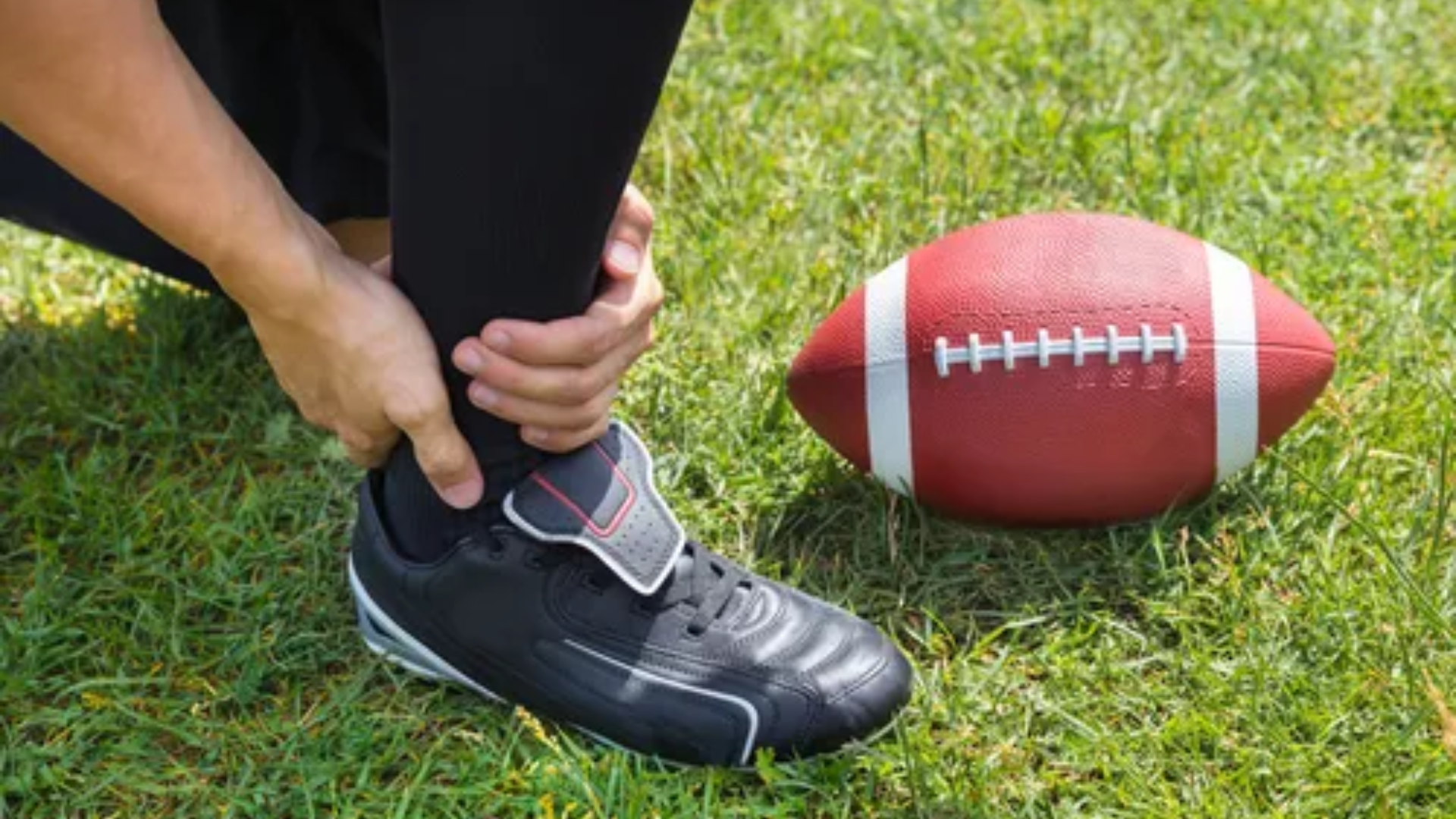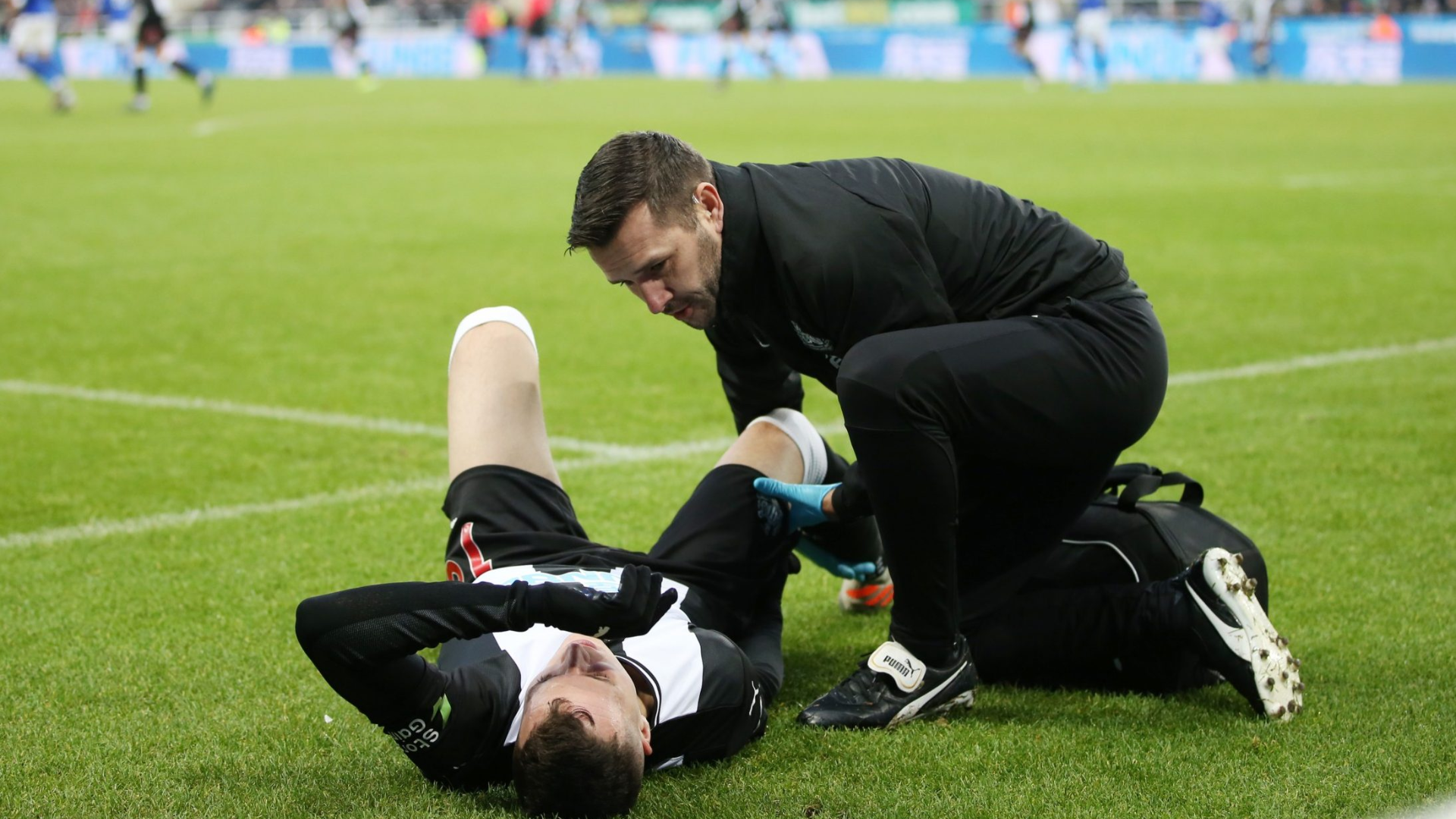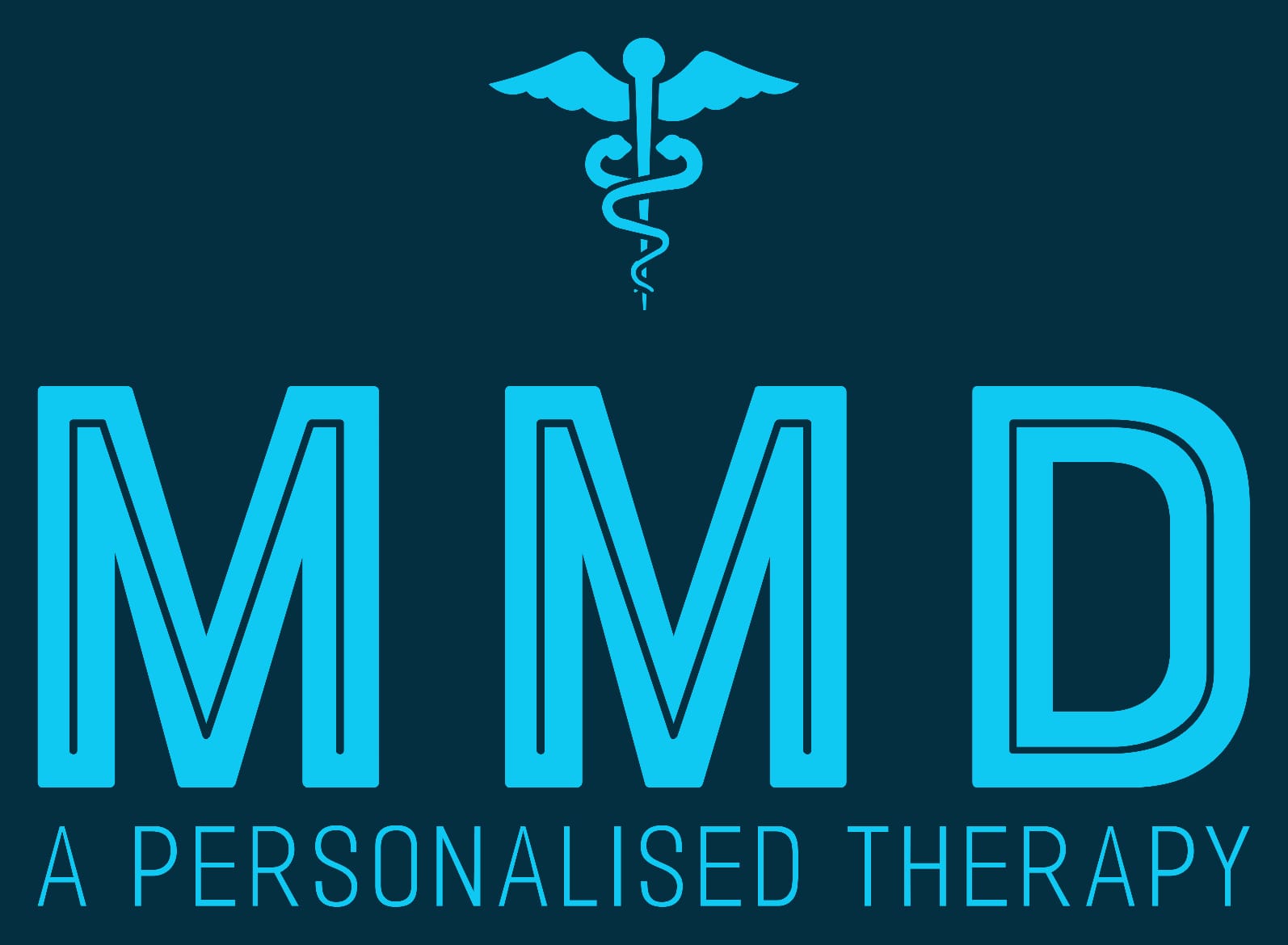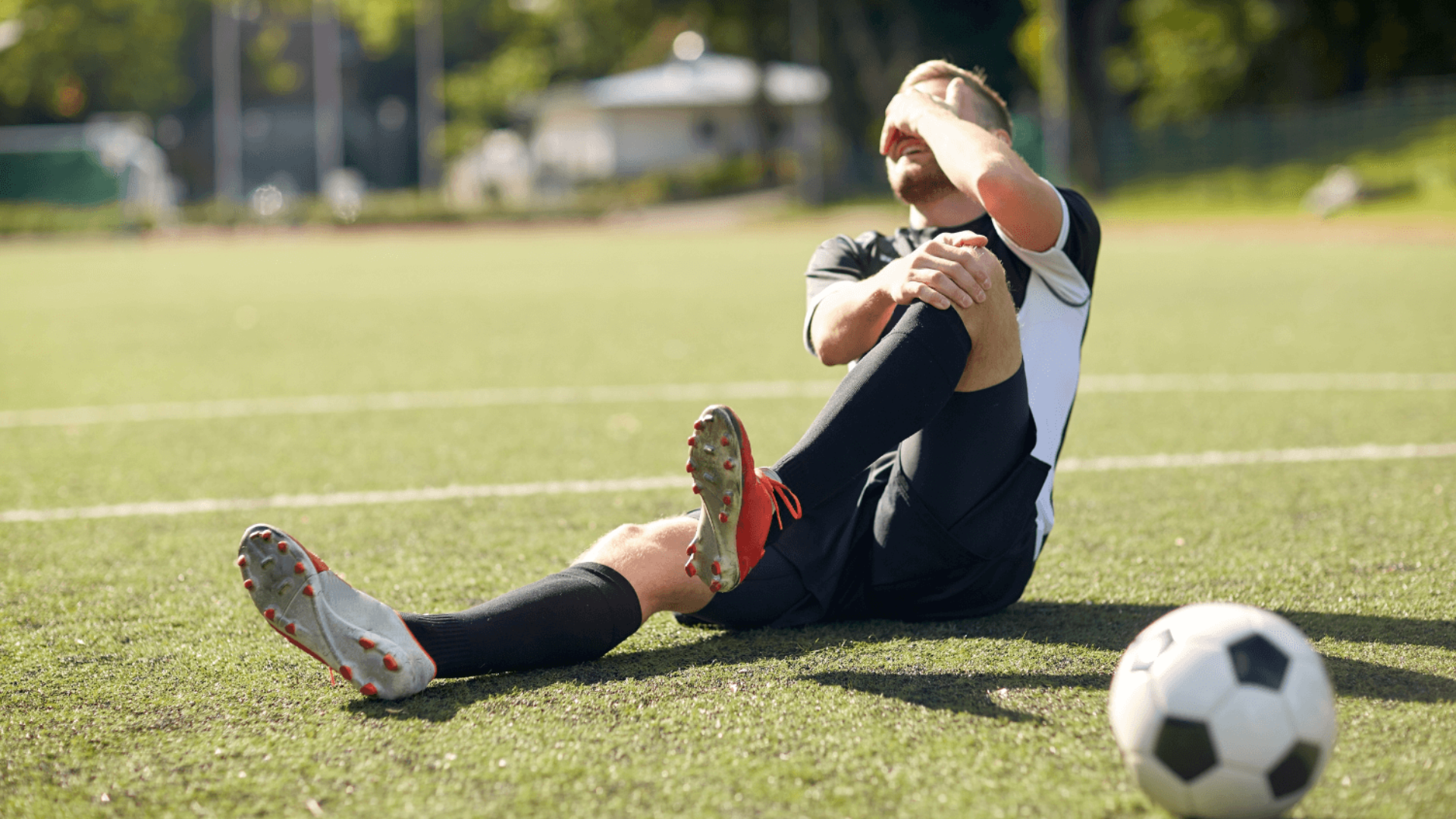Football is a game that demands flexible movements and speed. And injuries are common in this game. Players are always at risk of injuries ranging from minor strain to severe ligament tear. The physical intensity of the game often negatively impacts knee and leg pain.
Physiotherapy is a trusted solution. It not only treats the pain but also addresses its root causes to prevent further issues. Physiotherapists support players in maintaining flexibility, strength, and overall physical health.
Common Football Injuries
Here are some of the common football injuries that occur due to the repetitive movements and high-impact nature of the football game:
- Knee Pain: Conditions such as patellar tendonitis (jumper’s knee), ligament injuries (e.g., ACL tears), and cartilage damage are frequent concerns among footballers.
- Shin Splints: Overuse of the lower leg muscles can cause inflammation and pain along the shin bone, especially during intense training.
- Muscle Strains: Hamstring, calf, or quadricep strains are common due to sudden sprints or changes in direction.
If you leave these injuries untreated, then they can get worse. It will lead to chronic pain and extended time away from the game. That’s where physiotherapy comes in.
How Physiotherapy Helps Footballers To Recover?
Physiotherapy can help football players recover from pain. It is a comprehensive approach that can help in recovery from knee and leg pain.
Pain Management
Football players frequently experience muscle soreness, joint pain and lingering discomfort due to the sport’s high-impact nature. Physiotherapy provides effective pain relief techniques to manage discomfort and support long-term recovery.
Methods such as dry needling, soft tissue release, and electrotherapy help alleviate muscle tightness, reduce inflammation, and improve circulation. These treatments not only relieve pain but also promote healing by stimulating the body’s natural recovery process.
Faster Recovery
A rehabilitation program focuses on speeding up the recovery without compromising safety. Footballers often face pressure to return to the pitch quickly, and physiotherapy helps with it. Whether it’s a minor leg pain or a more severe knee injury, proper rehabilitation is important to regain strength, flexibility and confidence in movement.
Physiotherapists use a combination of manual therapy, massage, and targeted exercises to restore function and promote healing.
Techniques such as soft tissue mobilisation, joint manipulation, and progressive loading exercises help reduce stiffness, improve circulation and strengthen weakened muscles. Football players can recover faster with the right physiotherapy approach.
Improved Flexibility & Mobility
Mobility and flexibility are essential for football players, which help in fluid movement and injury prevention. Stiff knee joints and leg muscles can limit the performance of the football players. It increases the risk of strains in areas like the hamstrings, groin, knee and lower back. Physiotherapists design stretching and mobility programmes to keep muscles and joints supple.
Techniques such as dynamic stretching, myofascial release, and joint mobilisation help improve range of motion and prevent tightness from restricting movement. Improved flexibility also supports better posture and body mechanics and reduces excessive strain on the muscles. Physiotherapy ensures that footballers develop and maintain the flexibility and mobility required for football games.
Prevent Injuries
Football players are at high risk of injuries due to the sport’s fast-paced and physically demanding nature. Sudden changes in direction and frequent tackles can lead to common injuries such as ankle sprains, knee injuries, leg pain, hamstring strains, groin pulls and ACL tears. These injuries can affect the performance of a football player for weeks or even months. Physiotherapy helps in reducing injury risks by identifying muscle imbalances, weaknesses, and movement inefficiencies. Through targeted strength and conditioning programmes, physiotherapists help to build stability in areas such as the knees, ankles, and legs.
Holistic Care
Physiotherapy takes a whole-body approach. For example, knee or leg pain might be due to poor hip alignment or imbalances in your leg muscles. Addressing these underlying factors ensures lasting results and improved performance.

Pro Tips For Preventing Football Injuries
Here are some of the tips that you can use to avoid injuries during sports, as these are not limited only to football.
Eat a Healthy Diet
You need to eat a healthy diet to speed up your recovery process after exercise. By taking healthy food items and keeping yourself hydrated, your body will get energy, which will help in preventing injuries.
Reinforce Your Lower Limb
You can reinforce your lower limbs by doing some exercises like calf raises, lunges and squats. This will help to strengthen your limbs and ensure that your muscles are ready for the tough game.
Warm Up
Before a football match, you can warm up by doing some stretches and running. This will help to lower the risk of knee injury or leg pain and increase the blood flow to your muscles.
Cool Down
After a tough game, you need to calm yourself, and that helps to prevent future injuries. Doing some low-intensity cardiovascular exercise and thoroughly stretching your limbs can help you cool down.

Wear The Right Gear
To prevent yourself from severe injury, you need to wear fitted clothes with guards. If you are doing practice outdoors, then you must wear a sunscreen of at least SPF50 to prevent your skin from sunburn.
Get Proper Rest
Suppose you do not get enough rest between matches. Then your stiff knee joints and leg muscles might get worse, which can lead to injury after a high-level game.
Conclusion
Physiotherapy can help footballers recover from knee and leg pain by using different techniques and methods. This therapy will help footballers return stronger and more confident to the pitch. At Medical Massage & Detox, we help footballers to recover faster with our proven experience and expertise. Contact us today to book your appointment and take the first step toward a pain-free, high-performing season.
Reference Link:
https://bodytonicclinic.co.uk/blog/5-benefits-of-physiotherapy-for-football-players/
https://www.bupa.co.uk/newsroom/ourviews/common-football-injuries





